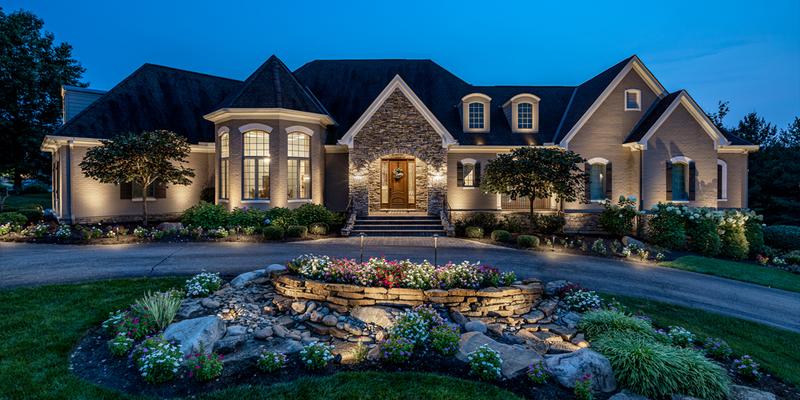Lighting plays a crucial role in setting the tone for both indoor and outdoor spaces. As you embark on enhancing the illumination of your living areas, it’s essential to understand the distinctions between indoor and outdoor lights. In this blog, we’ll explore the key differences that make each type of lighting uniquely suited to its specific environment.
1. Weather Resistance:
One of the most significant disparities between indoor and outdoor lights lies in their ability to withstand varying weather conditions. Outdoor lights are crafted with materials and designs that resist moisture, UV exposure, and temperature fluctuations. This resilience ensures their durability in the face of rain, snow, or intense sunlight.
2. Construction and Materials:
Indoor lights are primarily designed for comfort and aesthetics, often using materials optimized for interior environments. On the contrary, outdoor lights employ robust materials such as corrosion-resistant metals and durable plastics to withstand the challenges posed by outdoor elements.
3. Brightness and Luminosity:
Indoor lighting is tailored to create a cozy and comfortable atmosphere. As a result, indoor light bulbs may not emit the same level of brightness as outdoor counterparts. Outdoor lights are engineered for higher luminosity, providing ample illumination for pathways, gardens, and outdoor living spaces.
4. Energy Efficiency:
Indoor lights often prioritize energy efficiency to meet indoor lighting standards. Outdoor lights, especially those intended for security or landscape lighting, may have higher wattages to ensure sufficient brightness in larger outdoor areas.
5. Light Spectrum:
The light spectrum emitted by indoor and outdoor lights can differ. Outdoor lights, especially those designed for plant growth or accentuating outdoor features, may provide a broader spectrum to cater to the needs of outdoor environments and vegetation.
6. Safety Features:
Outdoor lights are equipped with safety features such as waterproofing, grounded plugs, and secure enclosures to protect against potential hazards like water exposure and electrical issues. These safety considerations are crucial for ensuring the longevity and reliability of outdoor lighting fixtures.
7. Aesthetics and Design:
Indoor lights are often chosen for their decorative appeal, aligning with interior design aesthetics. Outdoor lights, while available in various styles, prioritize functionality and resilience, complementing the architectural and natural elements of outdoor spaces.
Understanding the distinctions between indoor and outdoor lights is vital for making informed lighting choices. Whether you’re illuminating your living room or enhancing your outdoor landscape, selecting lights designed for their specific environment ensures optimal performance, longevity, and safety.
Explore our website for a wide range of lighting solutions, gardening tips, and home improvement ideas to create the perfect ambiance both indoors and outdoors. Illuminate your spaces thoughtfully and bask in the beauty of well-designed lighting!




